The kitchen sink is an essential part of every home. You’re using it each and every day. When the sink starts leaking, your clean kitchen turns into a wet and nasty mess. In these situations, I somehow figured out why my kitchen sink is dripping.
So, I came up with this quick and easy guide to figure out the top reasons and the fixes for a dripping kitchen sink, which I’ve experienced so far.
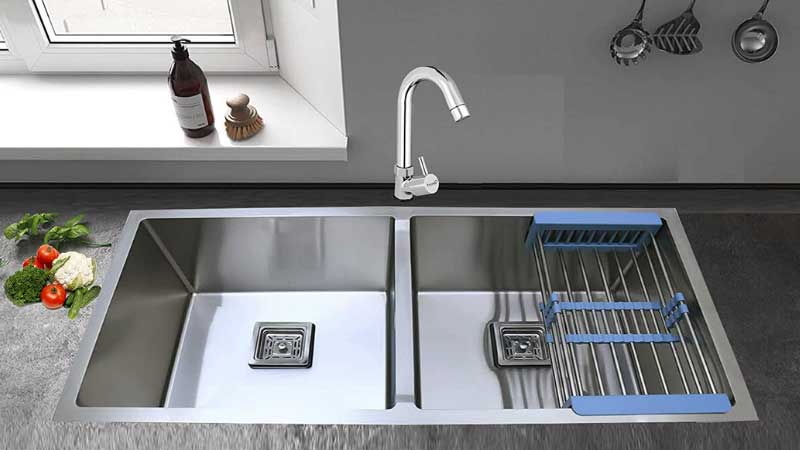
Reasons Behind Kitchen Sink Dripping
It’s very easy to get frustrated while figuring out the cause of the leak. Why should you stress when we can solve it together?
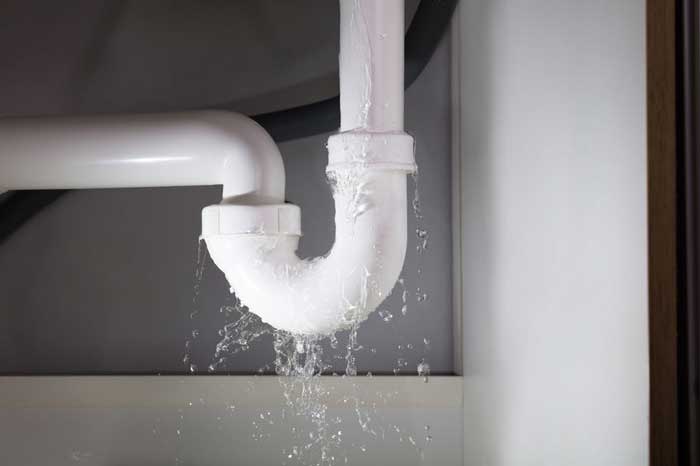
1. Drain Leak
The sink drain gasket is a black, circular piece of rubber that connects the water pipe to the sink. The plumber’s putty is used to seal the gasket in place and ensure a smooth flow of water. Over time, the gasket can wear down from use or even break. Alternatively, the seal surrounding the drain gasket can crumble or crack.
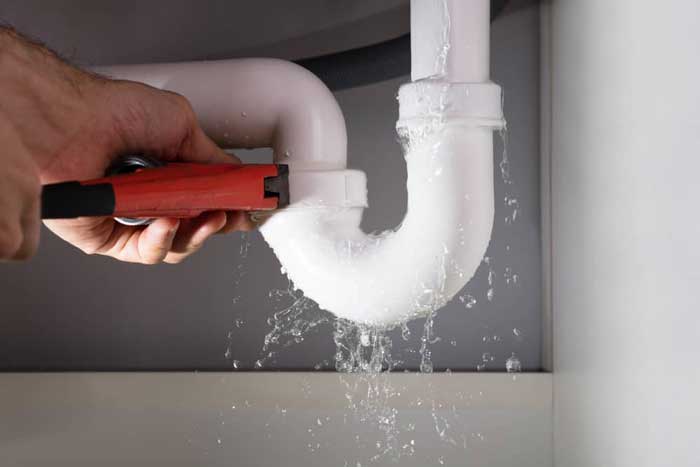
To check if this is causing the drip, turn on your water supply with the drain cover. Let the sink be filled to the brim. Then remove the drain cover. If the sink is dripping while the water drains away, you’ve hit the jackpot.
2. Faucet Leak
This one’s a no-brainer. If you see the water dripping from the faucet, you’ve got your answer. Are you feeling unsure? Check if water puddles form whenever someone turns on the tap.
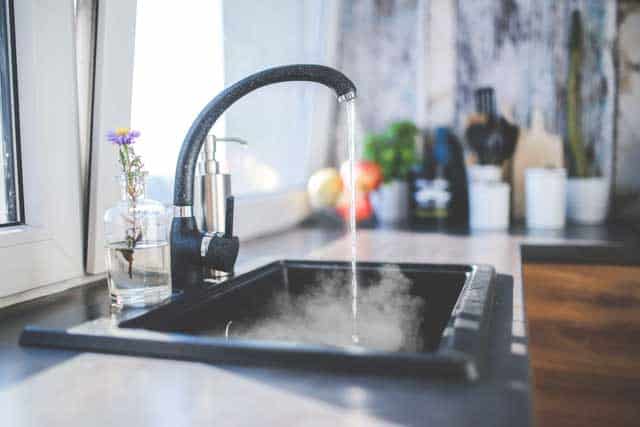
Not a visible leak? Take a look under the counter. It might seem unlikely, but a faucet leak can run underneath the sink.
3. Damaged O-Ring
An O-ring is a small disk attached to the stem screw. The stem screw fixes the faucet to the base of the sink. Just like the sink drain gasket, o–rings wear down from use or become loose. Especially if you’re using a cartridge faucet, if the O-ring is damaged, you’ll notice water dripping near the faucet handle.
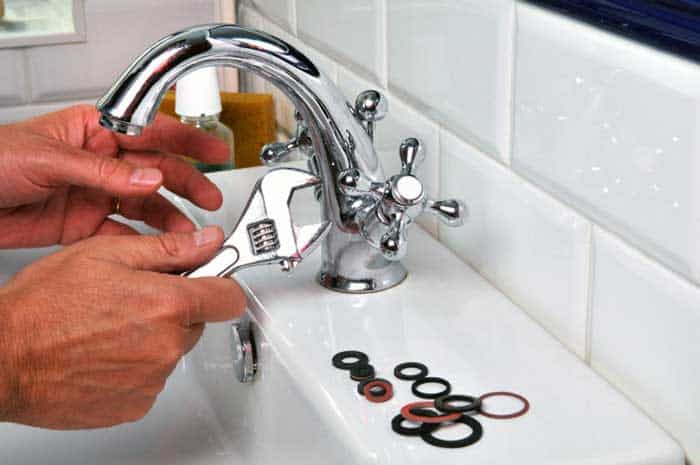
4. Loose Water Supply Connection
Does the under-sink space or sink cabinet feel damp to the touch? If your answer is yes, you’ve got yourself a loose water supply connection.

Every kitchen sink has at least 2 water supply connections. Since such situations affect the water supply, the water is constantly leaking. This may be a result of a failed connection gasket or corroded components.
5. Worn Out Washers
A common cause behind the kitchen sink dripping is worn-out washers. When the faucet is opened, the valve seat and the washer make contact. Eventually, the washer wears out from friction, especially if you’re using a compression faucet.
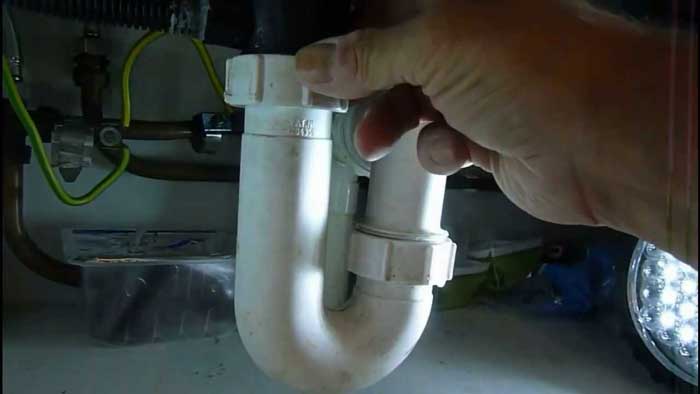
Do you spot water dripping from around the faucet’s spout? It is most likely the case of a worn-out washer.
3 Easy Fixes to Dripping Problem of Kitchen Sink
Plumbing can be a complicated task. Often, it’s best left to the professionals. However, it can be expensive and even unnecessary sometimes, especially if you’re dealing with a simple issue.
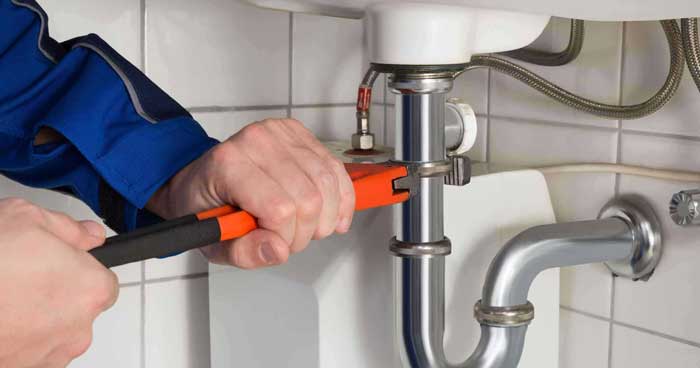
Before you call up your handyman and start stressing about the bills, here are 3 easy fixes to try. You can identify the cause and the fix based on the symptoms listed below –
A Constant Spray
If you’re experiencing a constant spray of water from the sink, the biggest culprit is a leaking pressurized water hose or water faucet. The leading causes are the fittings around the shut-off valves.
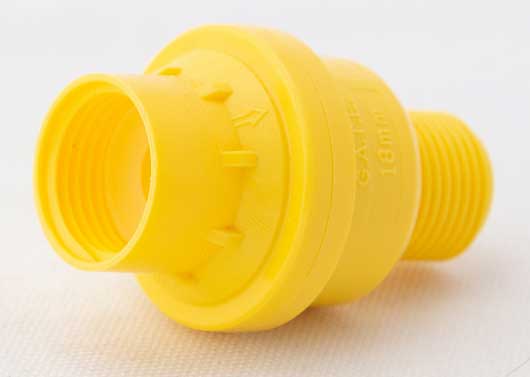
What You’ll Need
- A wrench
- Adjustable pliers
Steps
- Turn off your water supply.
- Hold the valve with your wrench in one hand.
- Tighten the compression nut using your other hand.
- Repeat the first two steps until you’ve tightened every connection and valve.
- Turn on the water and check if the issue is solved. If the sink is still dripping, follow the next steps.
- Check the connection between the faucet and the pipes.
- Using adjustable pliers, tighten this connection.
Dripping When the Water Is Draining
If the sink drips when water is draining away, you’re probably dealing with a drain line leak. This could be the result of a blocked drain or a loose connection.
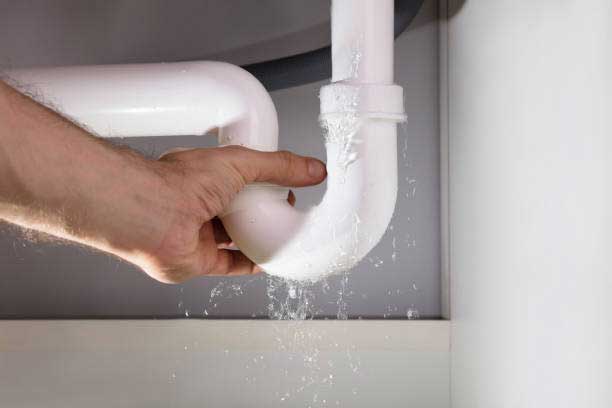
What You’ll Need
- A wrench
- Adjustable pliers
- Drain cleaning solution
- Hot water
- Rubber gloves
Steps
- Hold the valve with your wrench in one hand.
- Tighten the compression nut using your other hand.
- Repeat the first two steps until you’ve tightened every valve.
- Check the connection between the faucet and the pipes.
- Using adjustable pliers, tighten this connection.
- Turn on the water and check if the issue is solved. If the sink is still dripping, follow the next steps.
- Wearing rubber gloves, remove any substance that is clogging the drain.
- Pour a capful of drain cleaning solution down the metal filter.
- Boil a liter of distilled water, and pour it down the sink.
The Last Fix
If the first two methods don’t solve your problem, you might have a faulty drain gasket or a damaged water seal.
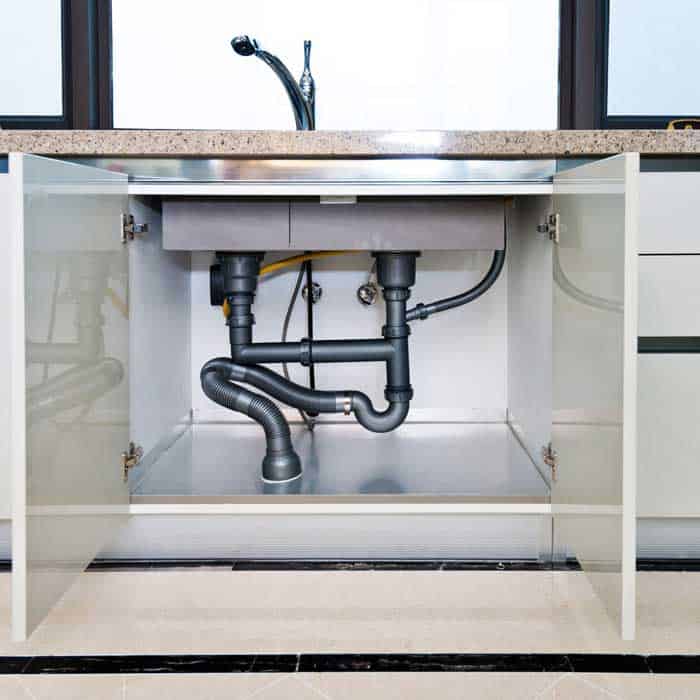
What You’ll Need
- A can of plumber’s putty
- Replacement drain gasket
- Basket strainer wrench
- Few pieces of cloth or paper towels
Steps
- Turn off your water supply.
- Using a basket strainer wrench, disconnect the pipe. Keep a paper towel or a piece of cloth ready to absorb any excess water in the pipe.
- Unscrew the drain gasket.
- Use another paper towel or a piece of cloth to wipe off the old putty.
- Apply a layer of plumber’s putty around the perimeter of the gasket.
- Screw on the replacement gasket.
- Reconnect the pipe to the gasket using the basket strainer wrench.
Conclusion
Kitchen sinks and their plumbing might seem like a daunting topic, but there’s no real reason to get intimidated. It’s all about methodically checking your case against each possible cause. Once you’ve found your culprit, simply take the best possible action and solve the leak.
If you follow these steps every time a leak springs up, you’ll never end up dumbfounded. Instead, you’ll be like, “Oh, that’s why my kitchen sink is dripping.”